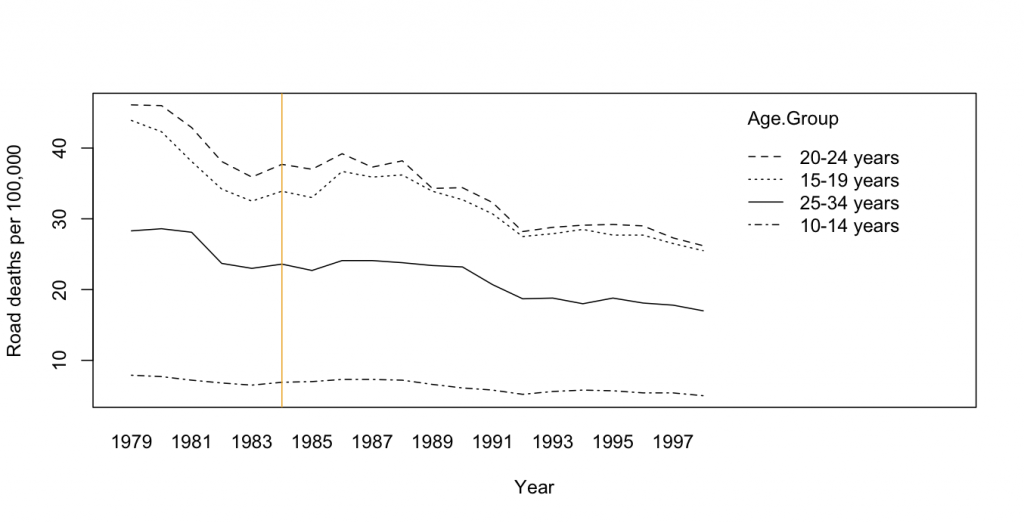Where does it all go?
In yesterday’s Herald story about alcohol consumption the superficial flaws hid a much more important inaccuracy.
The survey says:
“Of the 113,345,000 glasses of alcohol consumed in New Zealand between February last year and January this year, 28 per cent were drunk by men older than 50,”
Now, Stats New Zealand reports alcohol sales each year, and they say we bought 300 million litres of beer, 100 million litres of wine, and 70 million litres of spirits last year, totalling 33 million litres of pure alcohol. To make the numbers add up, there would need to be about 290ml of pure alcohol (over 24 standard drinks) in each glass. At most two standard drinks per glass might be realistic as an average, so that’s off by a factor of more than 10 (in a statistic given to six significant figures).
Some of the alcohol would have been consumed by people under 18, who weren’t in the survey, but if they drink 90% of the alcohol sold in NZ we aren’t panicking nearly enough. Some of it would have been sold to foreigners, and some discarded, but again there’s no way that adds up to 90%.
In fact, the number is implausible on its face: there’s 4.5 million people in NZ, and there must be at least 3 million over 18. That would give an average of only three drinks per month for adult Kiwis.
Even other survey data doesn’t agree. As I pointed out last week, the NZ Alcohol and Drug Use Survey finds 26% of the adult population drinks more than twice per week. Just those people must rack up more than 113 million glasses per year.
Either someone has lost a decimal place somewhere, or survey respondents lie to Roy Morgan even more than they lie to government researchers.

